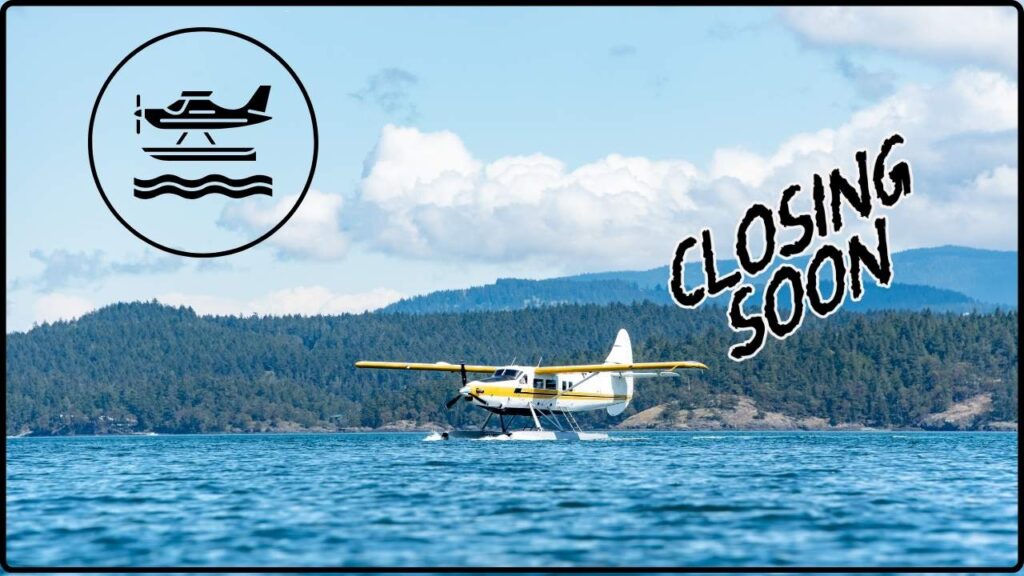
Closing the Seaplane Pathway: Seaplanes—those classic flying boats and floatplanes—have been an integral part of American aviation history for over a century. From adventurous explorers to remote village supply runs, they blend the freedom of flight with the ability to touch down on lakes, rivers, and coastal waters. But with this unique capability comes a big regulatory challenge: managing seaplanes safely and responsibly, especially as their popularity surges. For state regulators today, it’s crucial to close what’s called the “seaplane pathway”—the gaps in oversight that let unsafe, unauthorized, or environmentally harmful operations slip through. Thanks to new digital tools, states have a real shot at managing seaplanes effectively, balancing public safety, environmental protection, and economic opportunity.
Table of Contents
Closing the Seaplane Pathway
Closing the seaplane pathway using digital strategies marks a transformative leap in state regulation—merging technology with a tradition of stewardship. By modernizing legal frameworks, adopting real-time monitoring, fostering cooperation across agencies, and empowering communities, states can ensure seaplane operations are safe, environmentally sound, and economically valuable. Regulators who embrace these innovations will protect vital waterways, enable responsible aviation, and promote thriving communities well into the future.
| Topic | Summary |
|---|---|
| What is a Seaplane? | Aircraft with floats/hulls that land/takeoff on water; regulated by FAA and USCG. |
| Regulatory Landscape | 30+ states regulate seaplanes with safety, permits, and invasive species rules. |
| Environmental Impact | Invasive species hitch rides on floats causing ecosystem harm; cleaning mandates reduce risk. |
| Digital Technology Advances | GPS tracking, AIS sensors, blockchain for permit & activity logs improving enforcement efficiency. |
| Economic Importance | Expands tourism, remote access, and emergency services; promotes local economies. |
Brief History: The Legacy of Seaplanes in America
Seaplanes have a rich and fascinating history dating back to the early 1900s. On March 28, 1910, Henri Fabre in France made one of the first successful powered seaplane flights, inspiring rapid innovation worldwide. In the U.S., aviation pioneer Glenn H. Curtiss was a key figure, developing floatplanes and amphibious aircraft from 1911 onward. His Curtiss Model E flying boat helped establish the practicality of seaplane travel.
During World War I, seaplanes became vital tools for reconnaissance and patrol missions. The interwar years saw a boom in commercial seaplane operations, with companies like Pan American Airways pioneering transoceanic routes using giant flying boats like the Sikorsky S-42, dubbed the “American Clipper.” Seaplanes were the luxury liners of the air, connecting distant lands without the need for runways.
World War II further accelerated seaplane military use, but the post-war construction of widespread airport infrastructure led to a gradual decline in their mainstream commercial use. Today, seaplanes primarily serve niche roles—emergency medical transport, firefighting, tourism, and access to remote or island communities. Their ability to operate on water versus the need for long runways means they still fill critical transportation gaps, especially in regions like Alaska, the Great Lakes, and the Pacific Northwest.
Why a Digital Strategy Is a Game-Changer for Closing the Seaplane Pathway?
Traditionally, seaplane regulation relied heavily on paper permits, physical inspections, and pilot self-reporting—processes slow to adapt and vulnerable to human error or oversight. In today’s fast-paced world, a digital regulatory strategy is essential. It empowers regulators with accurate, timely data and seamless communication across agencies, ensuring quick responses and better management.
Key digital tools now available include:
- GPS Trackers: Mounted on seaplanes, these devices send real-time location data, allowing regulators to monitor flight paths, identify unauthorized water landings, and even detect potential violations remotely.
- Aquatic Invasive Species (AIS) Sensors: Devices at cleaning stations can detect the presence of invasive plants and animals on seaplane floats, automating compliance monitoring and reducing manual checks.
- Blockchain Logs: These form an immutable, transparent record of pilot permits, compliance actions, AIS cleaning logs, and training certificates, making audits straightforward and reducing opportunities for fraud.
- Public Dashboards and Mobile Apps: These platforms provide information access and allow community members to report suspicious activities, bridging regulators with the public.
Collectively, these technologies enable data-driven, proactive enforcement, which addresses the shortcomings of manual systems while fostering pilot cooperation by simplifying compliance.
Environmental Stakes: Protecting Waterways from Invaders
Aquatic invasive species present one of the gravest ecological threats linked to seaplane travel. Plants like Eurasian watermilfoil or animals such as zebra mussels can cling to floats and hulls, hitching rides into new environments. Once established, these invasive species devastate native plant and animal populations, clog waterways, degrade water quality, and cause economic damage by interfering with fisheries and recreational uses.
Seaplanes, given their mobility across states and international borders, can act as inadvertent carriers. Without stringent cleaning and inspection protocols, invasive species spread can accelerate unnoticed.
States like Washington and Wisconsin have demonstrated effective AIS protection programs where digital reporting and mandatory cleaning regimes reduce the risk of invasive species propagation. These programs combine education, enforcement elevated by sensor technology, and public participation to protect precious water resources.
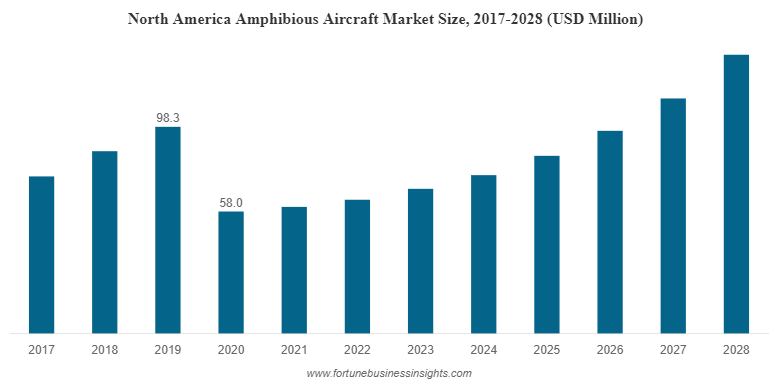
Step-by-Step Guide for State Regulators
1. Modernize Laws to Reflect 21st-Century Realities
Regulations should expand beyond simple seaplane registration or pilot certification. Broad legal definitions to include “all waterborne aircraft equipment” ensure no loopholes for invasive species or unauthorized operations. AIS protocols that mandate digital cleaning logs and self-certifications help close gaps around environmental safeguards.
2. Build Robust Digital Infrastructure
States should either develop or integrate with platforms that centralize seaplane permits, AIS reports, and GPS tracking data. These systems improve inter-agency communication, facilitating coordinated action involving environmental, aviation, and maritime authorities.
3. Educate Pilots and the Public
Education campaigns accessible via web portals and apps can explain the risks invasive species pose, the importance of compliance, and how to use digital reporting platforms. Engaging local boating, fishing, and recreational communities creates allies in monitoring and reporting violations effectively.
4. Emphasize Data-Driven Enforcement
Digital dashboards enable regulators to track trends, flag repeat offenders, optimize inspection schedules, and apply fines fairly and transparently. Predictive analytics can help anticipate high-risk areas or seasons.
5. Leverage Public-Private Partnerships
Collaboration with seaplane associations, conservation groups, aviation industries, and tech companies fosters innovation, shared funding, and broader acceptance of regulatory programs.
Case Study: Success in Washington State
Washington State’s AIS prevention permit program exemplifies smart regulation. The state requires seaplane operators to secure AIS permits before entering vulnerable waters, with mandatory cleaning and inspection documented via a digital portal. GPS data integrates with permit records to confirm compliance in real-time.
Since implementation, the program reports fewer unauthorized lake landings and diminished invasive species outbreaks. Public engagement through educational outreach and online resources empowers pilots and communities alike, fostering a culture of responsibility.
Economic Opportunity Through Regulation
Properly managed seaplane activity spurs economic vitality by:
- Boosting tourism in natural wonders reachable only by water.
- Providing critical emergency medical flights to isolated areas.
- Facilitating transportation for island and rural residents.
- Creating aviation-related jobs and infrastructure development.
A balanced regulatory approach driven by data and supported by technology encourages growth while protecting the environment, which is vital for long-term community prosperity.
Additional Insights: Advances in Digital Monitoring Technologies
Innovations continue to improve seaplane oversight. Real-time GPS trackers provide live flight paths, improving incident response. AIS sensors automate invasive species detection within seconds, reducing human error. Blockchain technology offers secure, immutable logs of pilot training, permits, and cleaning records, strengthening trust in compliance data.
Public-facing dashboards make seaplane activity transparent, inviting community scrutiny and deterring bad actors.
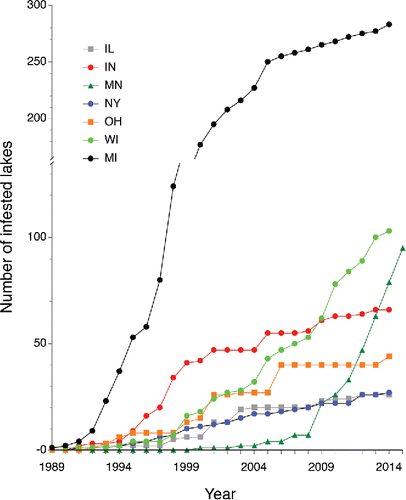
Beyond the Boat: Why Seaplane-Specific Decontamination Is Different
The Ultimate “Clean Drain Dry” Guide for Seaplane Pilots
AIS Spotlight: Why Hydrilla is a “Top-Threat” Species for Seaplanes
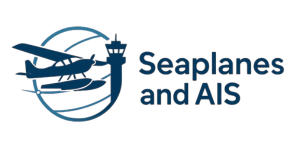
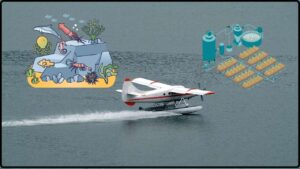
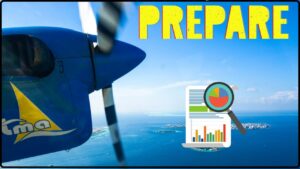

![Case Study How [Lake Association] Partners with Pilots to Stop AIS](https://seaplanesandais.com/wp-content/uploads/2025/11/Case-Study-How-Lake-Association-Partners-with-Pilots-to-Stop-AIS-300x169.jpg)
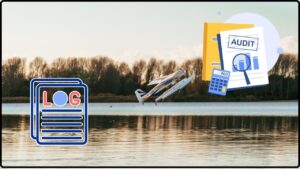
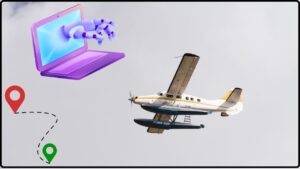


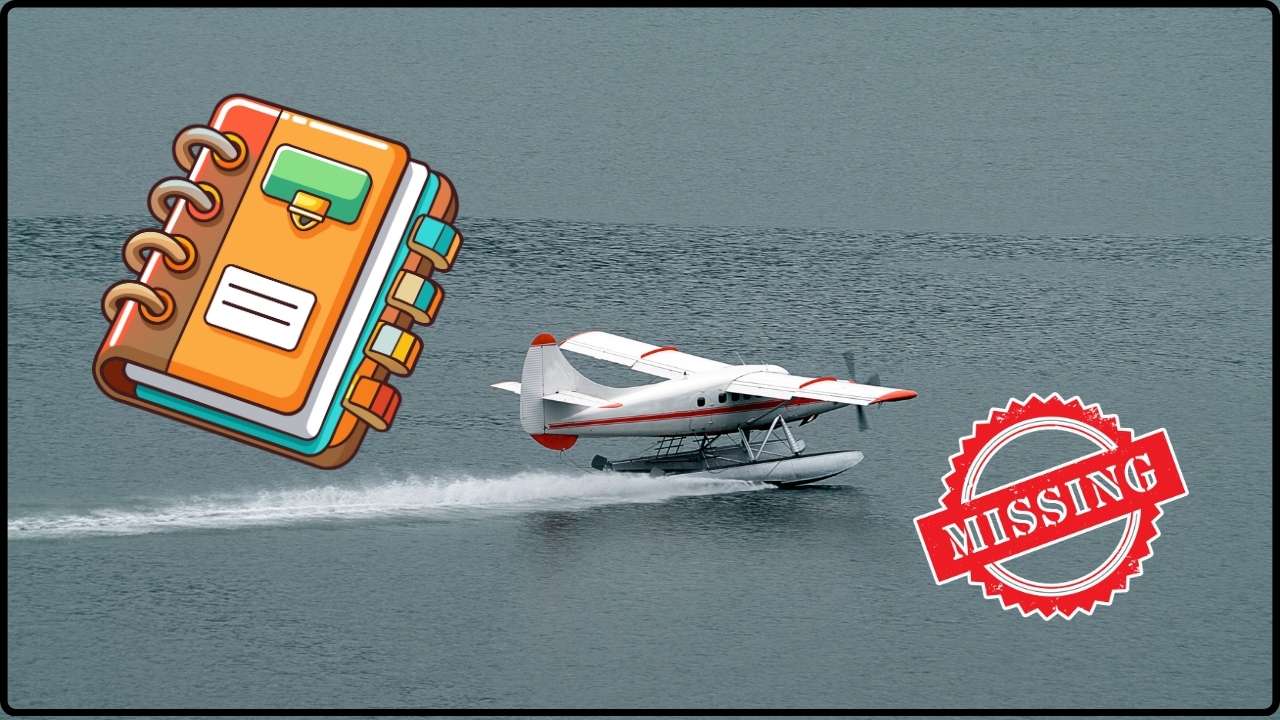

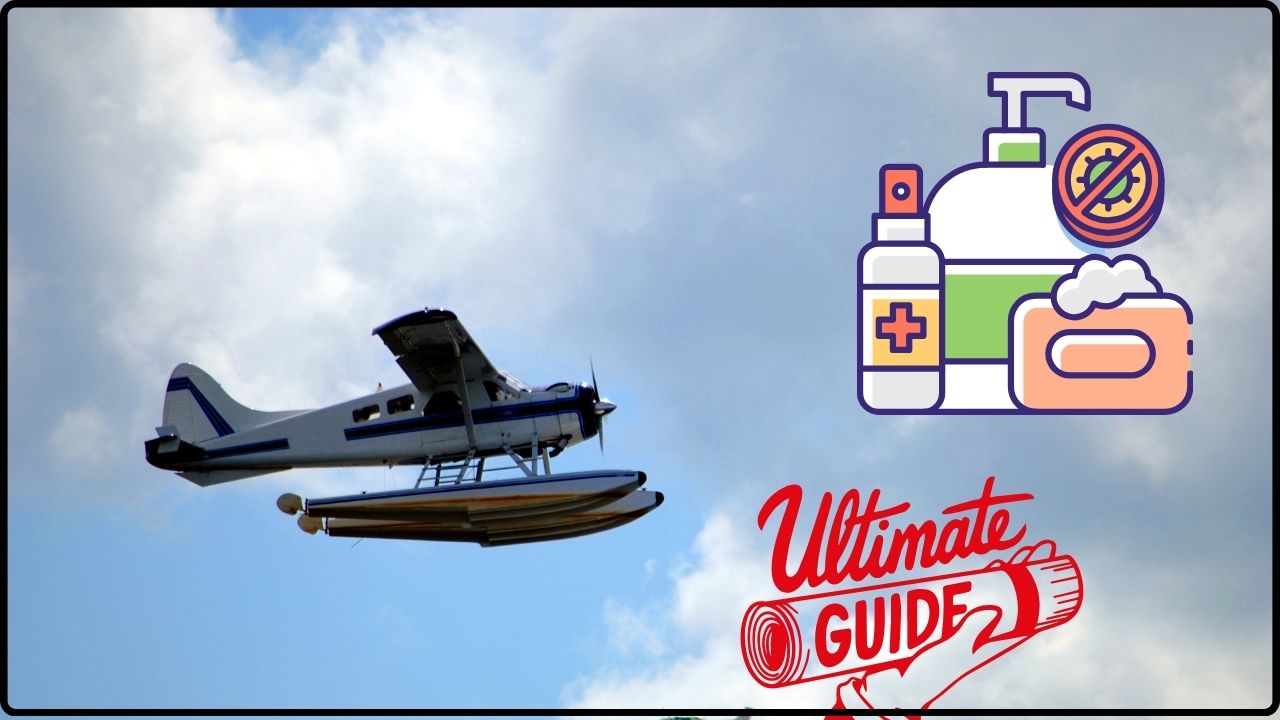


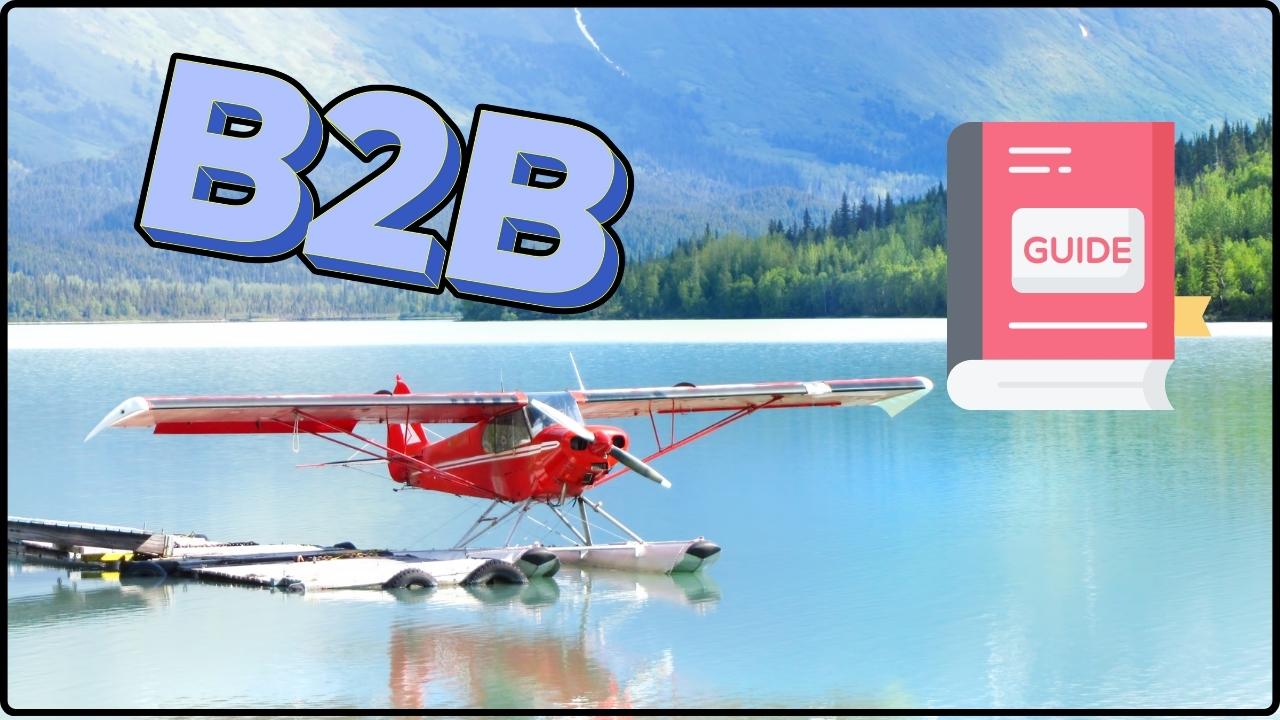
![Case Study: How [Lake Association] Partners with Pilots to Stop AIS](https://seaplanesandais.com/wp-content/uploads/2025/11/Case-Study-How-Lake-Association-Partners-with-Pilots-to-Stop-AIS.jpg)
